I love seeing that this style of SF cover art — so familiar to me from the paperbacks of my 1970s youth — isn’t yet dead.
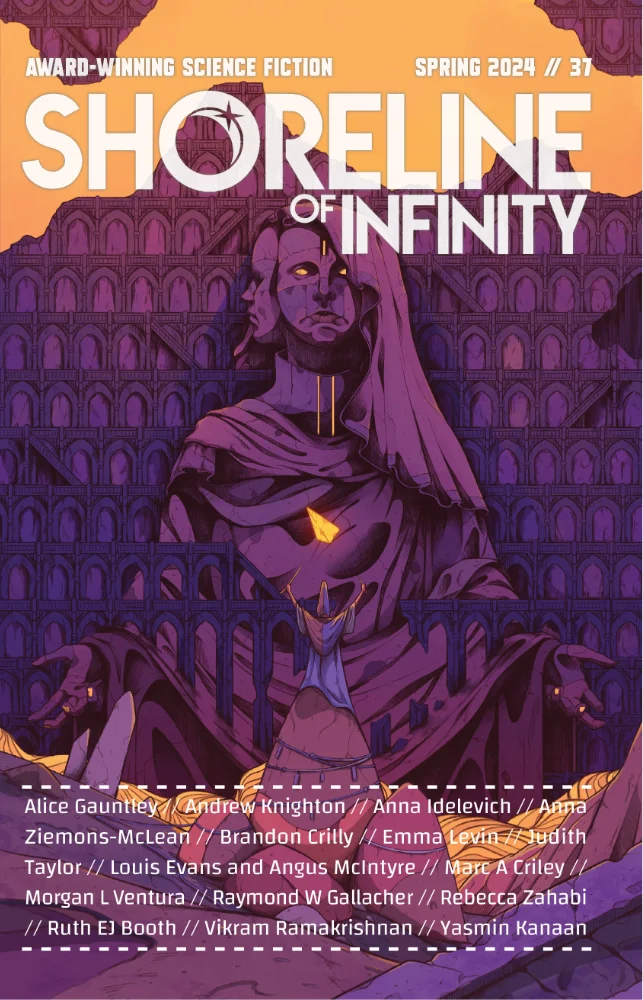
political proverbs
Nothing good ever comes from indulging the egos of old men.
Nothing good comes from indulging the ego of any politician, but the you-can’t-tell-me-I’ve-seen-it-all arrogance of old men is especially dangerous.
If you want political success, it’s better to be fortunate in your enemies than in your friends. An incompetent enemy can do more for you than a devoted friend ever could.
When Congress will not do its job, attempts by the other two branches to do Congress’s job will always create more problems than they solve.
It is said that Marcus Aurelius had a servant whose sole talk was to whisper in his ear, “You are but a man, you will die.” Every Supreme Court justice should have a clerk whose job is to whisper “The more times you tell yourself that you’re not a legislator, the more effectively you hide from yourself your temptation to legislate.” Not as terse, but just as needful.
No one is less trustworthy in reporting on the Supreme Court than a periodical’s “Supreme Court reporter.”
There is no correlation between memes and votes.
People elect performers rather than genuine representatives because they think our social and economic system will continue to function without human intervention, like a solar-powered street light.
To put the same point otherwise: The besetting sin of the people who talk politics ceaselessly is a failure to take politics seriously.
It’s later than you think.
And perhaps the most contemporary of all, this 1931 portrait of Kay Francis, who, though largely forgotten today, was a huge star at the time.

But Steichen could also do more casual portraits, as in this wonderful shot of G. B. Shaw — an early one.
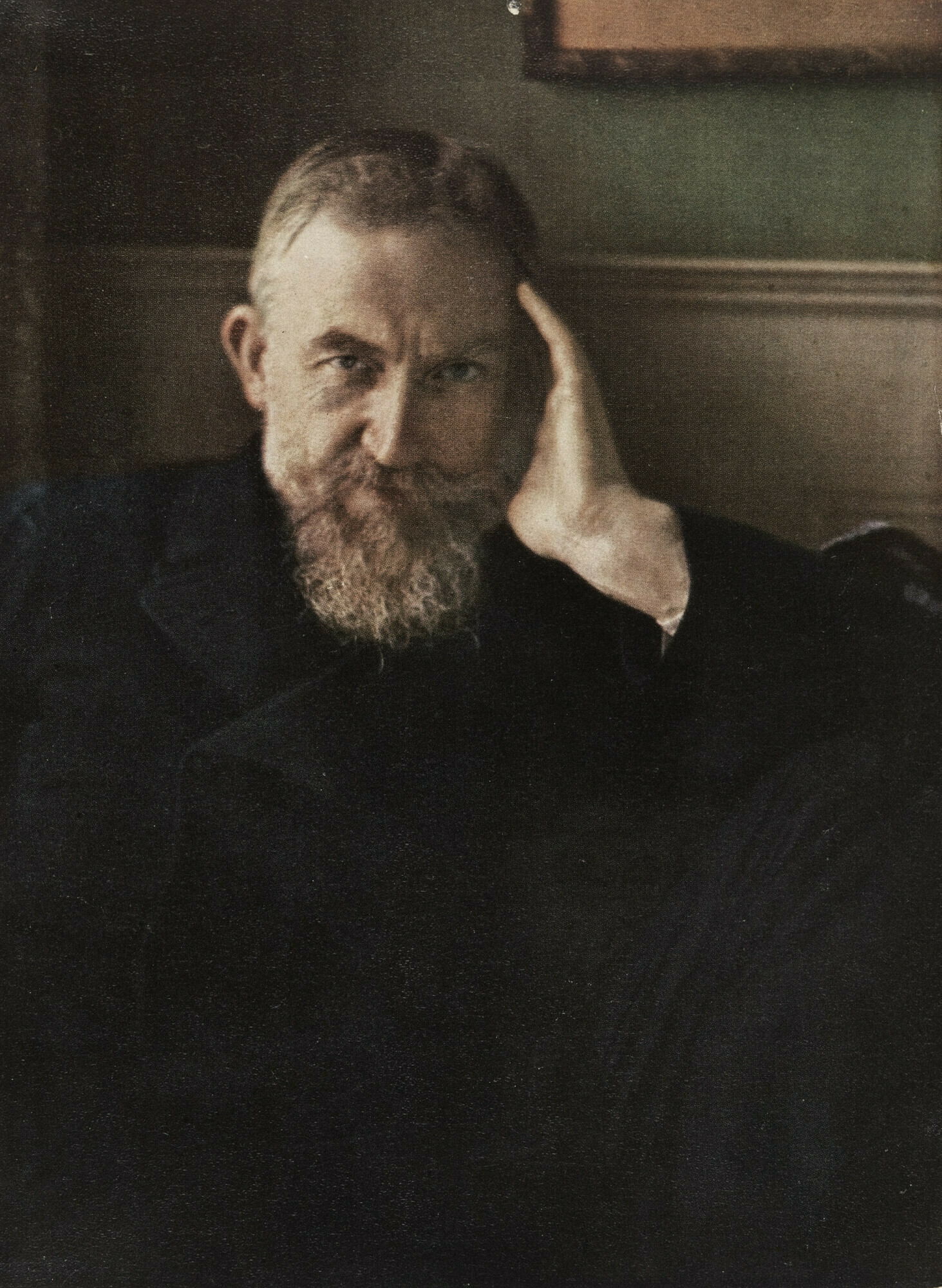
Sometimes he would use this formal-but-not-theatrical mode for Hollywood stars, as in this portrait of that paragon of elegantly sexy manhood, Gary Cooper.
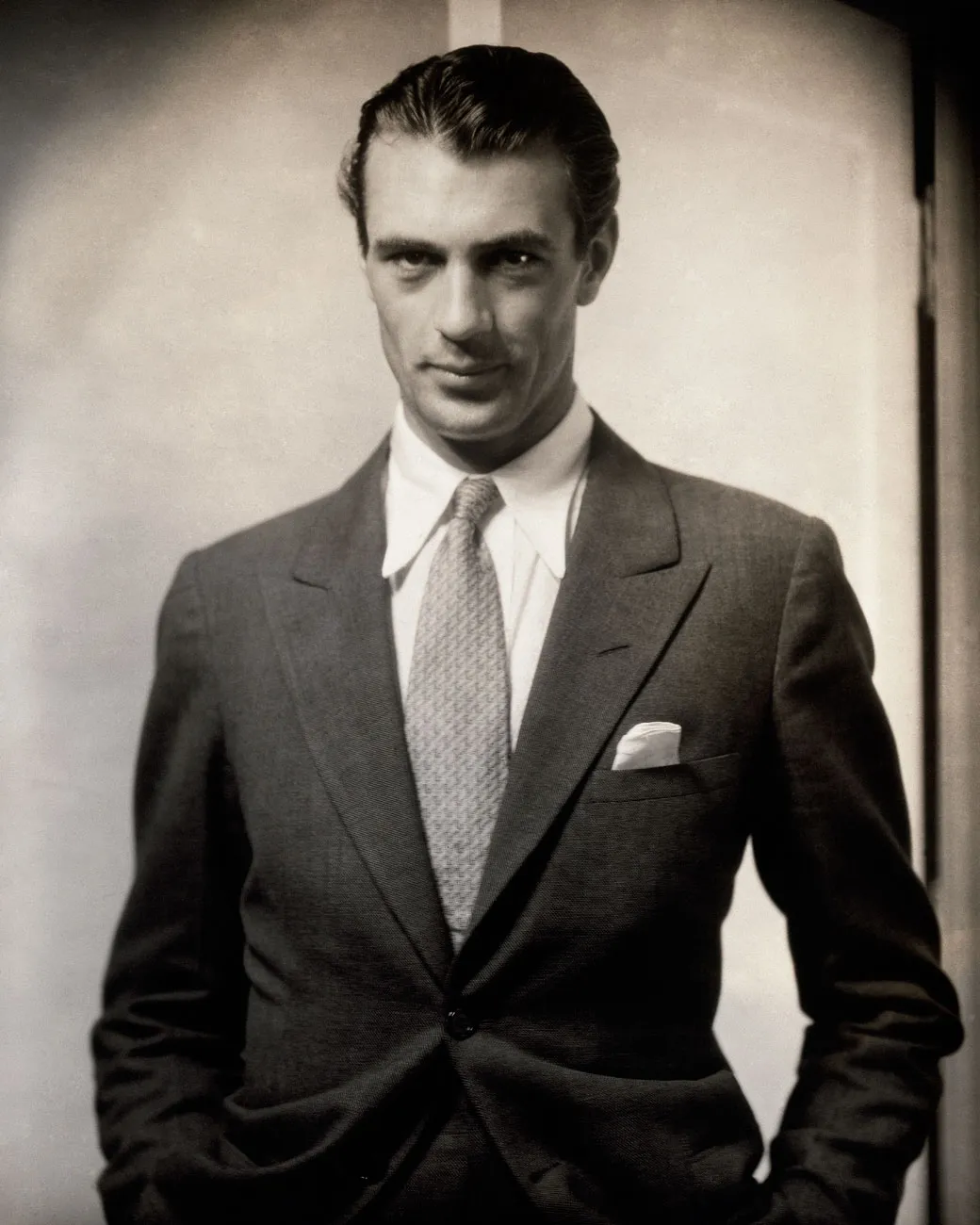
And here’s Thomas Mann.
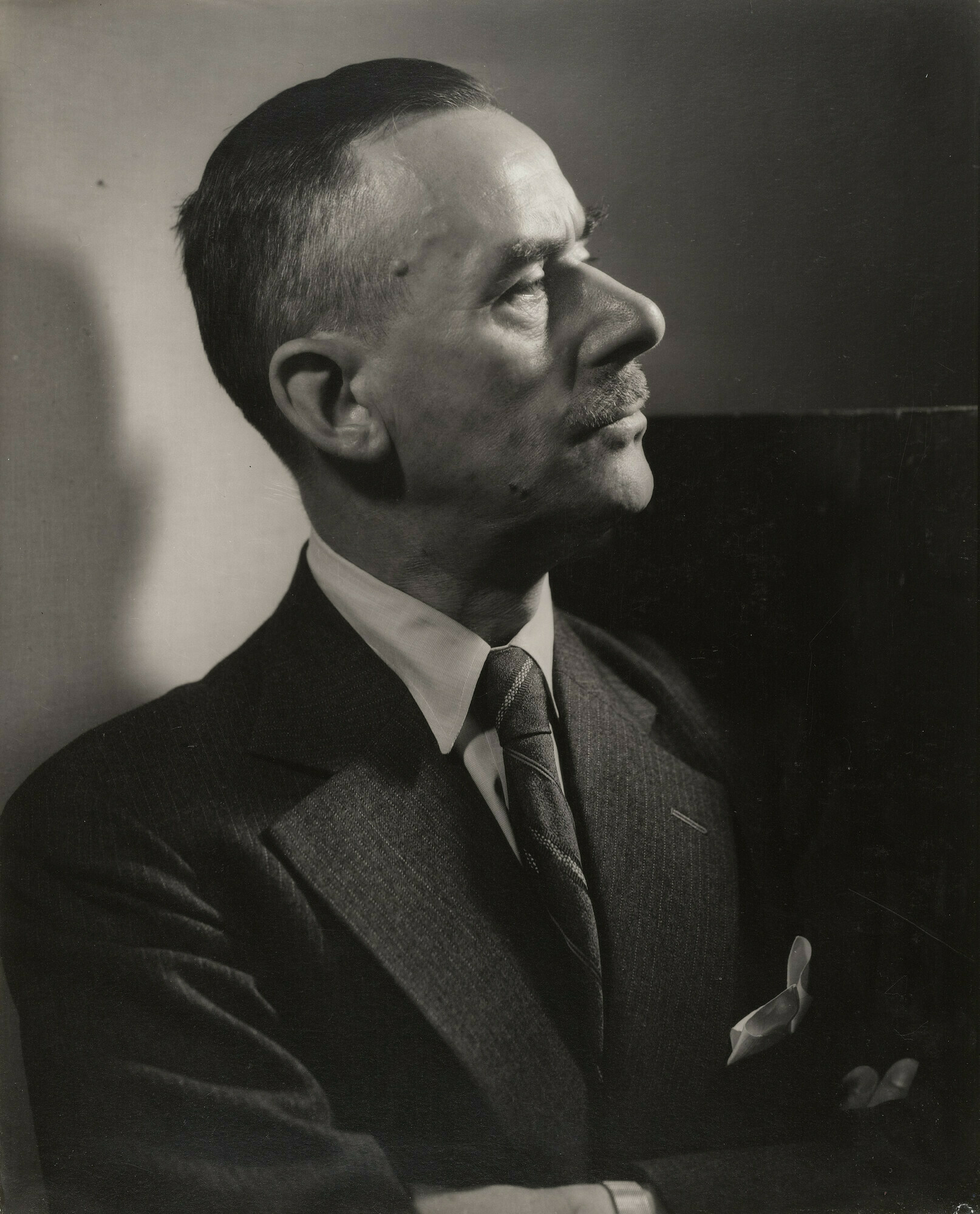
For literary figures, Steichen would stage his portraits formally, but not theatrically. Here’s W. B. Yeats.
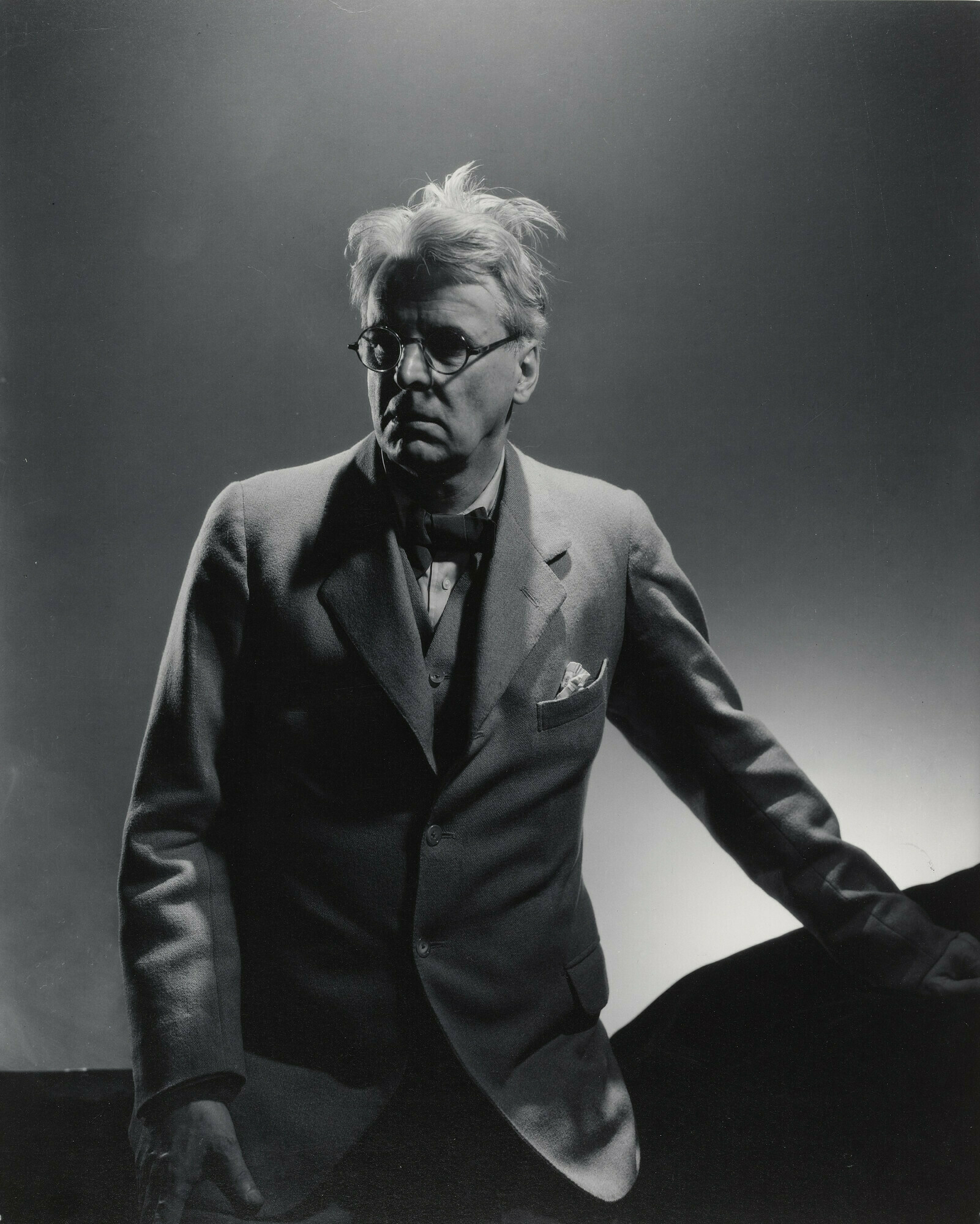
Or this one of Gloria Swanson. (“Mr. de Mille … I’m ready for my closeup!")

Or this one of Charlie Chaplin.

But Steichen is most famous for his portraits, some of which are theatrically staged, almost a tableau vivant, like this one of Fred Astaire.
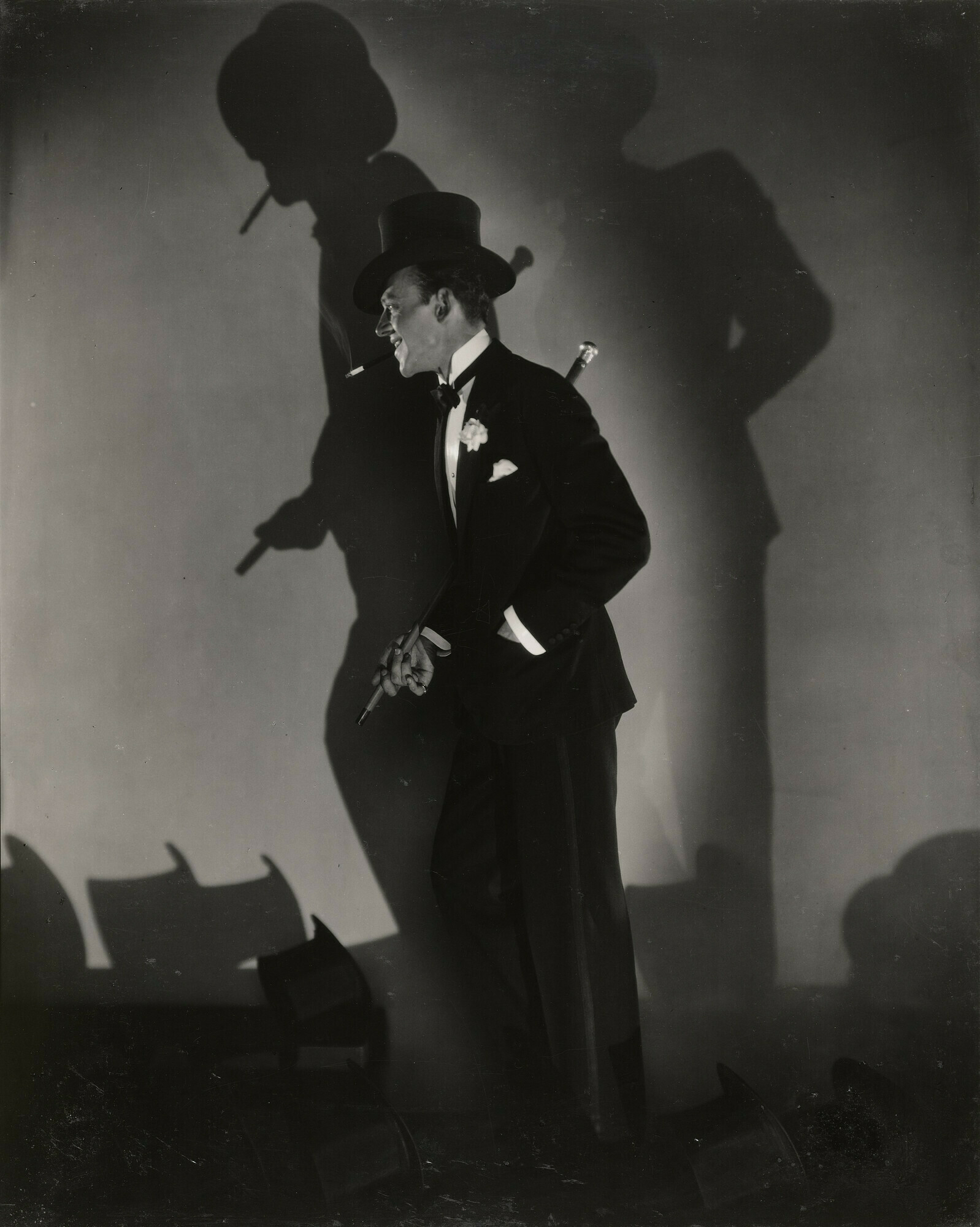
If I had to name the greatest photographer of all time, I’d say Henri Cartier-Bresson. But close behind would be Edward Steichen, who is, I believe, the most versatile photographer of all time. One of his most famous photos is this one, of the Flatiron Building in Manhattan.
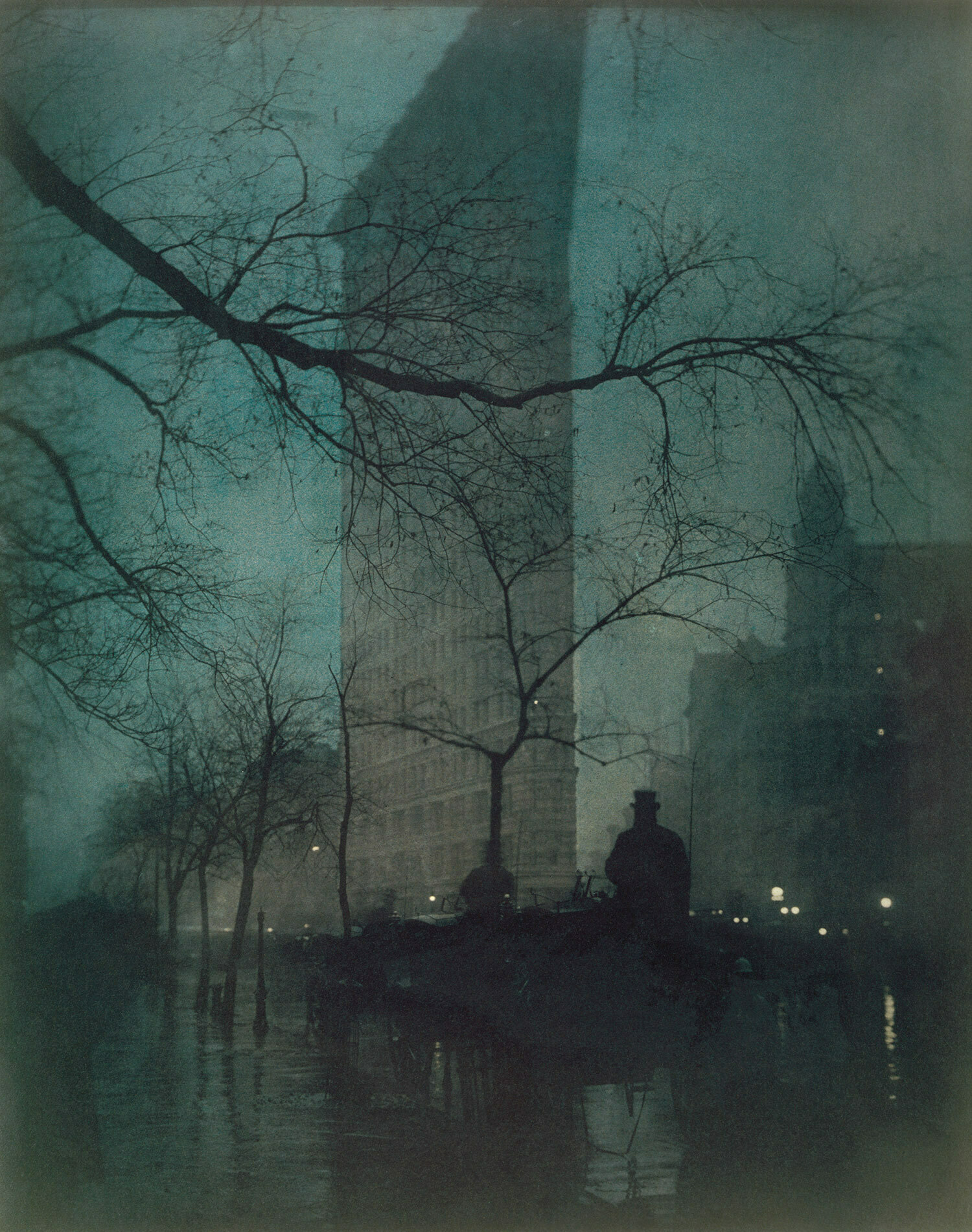
I updated my post on England’s non-football. ⚽️
All praise to Sir Ollie of Torquay!! 🏴⚽️
Here in the second half against 🇳🇱, 🏴 has gone back to non-football. The announcers are flipping through their in-case-of-nothingness talking points. ⚽️

In the Dictionary of National Biography, Davidson is identified as “Church of England clergyman and circus performer.” The account of his adventures in Ronald Blythe’s The Age of Illusion is brilliant.
Sometimes you come across people whose stories you think simply must be made up — but aren’t. Ladies and gentlemen, please meet Harold Davidson, the Rector of Stiffkey.
This young fella struggled a bit last year, but our rainy late spring has done wonders for him.

un-football
Even England, this England’s version of hole-in-the-head football will give you dramatic interventions, trapped energy, last-minute overhead kicks. Somehow France entered this game as the only team at the Euros not to have registered an assist. Before this semi-final they played five games during which nobody on either team had scored from open play.
This isn’t “anti-football”. It’s un-football, non-football. It’s time being killed, athletically, talent reduced to furniture. Watching France is like watching someone do accounts, brilliantly, like watching a team of your favourite elite entertainers very diligently assembling a shed, and then realising towards the end that actually, they really are just assembling a shed.
Watching France and England in this tournament first bored me, then frustrated me, then made me actually angry. Both sides played the whole tournament as though they had been told that excessive movement would deplete their oxygen supplies and cause them to faint. They just stood and passed the ball around until someone on the other side took the ball away from them, at which point they reluctantly trotted back to defend.
Bukayo Saka has been almost the only English player to get exercise, and exercise produced a goal. For France, Mbappe occasionally tried, but when he did he got closed down by three or four defenders because they weren’t worried about what anyone else in the France jersey would do. It was dire.

The most frustrating thing is: There’s nothing that can be done when teams choose to play this way. It’s not against the rules, and you can’t change the rules in any way that would fix the problem, unless it’s possible to give players electrical shocks when they stand in one place for too long.
But you have to ask yourself: Why do they choose to play this way? I think pressure is a relatively small part of it. The real issue is that these players play far too many games. If you want to have good Euros and World Cups, then you have to eliminate some of the competitions, both domestic and trans-domestic.
Spain has been very good and sometimes fun in this tournament; the Dutch have had their moments; Switzerland, Austria, and Georgia were all great. So it’s not all bad news. But far too much of Euro 2024 has indeed been bad news, because it’s been played largely by exhausted players.
UPDATE 2024-07-10: Today against the Netherlands England played much more positively for a half, after which they looked worn-out. It took Southgate a loooong time to make the necessary substitutions, but when he did — wow: two subs, Palmer and Watkins, combining for the winning goal.
So: the Three Lions in the final! I am excited! Do I repent of my criticisms of Southgate? I do not. I have said all along that he (a) sets up his defense excellently, (b) allows or encourages too much caution in attack, and (c) is too slow to make changes. I still think all that. Because England defend so well, they are always in a position in which one goal can make the difference for them. But crossing your fingers and hoping for a late moment of brilliance isn’t a good strategy, even if you happen to get that moment of brilliance three matches in a row: Bellingham, 95th minute; Saka, 80th minute; Watkins, 90th minute. You’re trusting your luck too much, and even when luck shows up, there are better ways to play the game.
But I will say this: the first half today, in which England were so much more dynamic and endeavoring and footbally than they have been all tournament, suggests that Southgate knows that he’s been too cautious. The problem is that the players simply couldn’t sustain that level of energy. So here’s my prediction for the final: If Southgate makes two or more subs before the hour mark, England will win … or at least take it to penalties. (Kinds hedging my bets there.)
pointillisme
